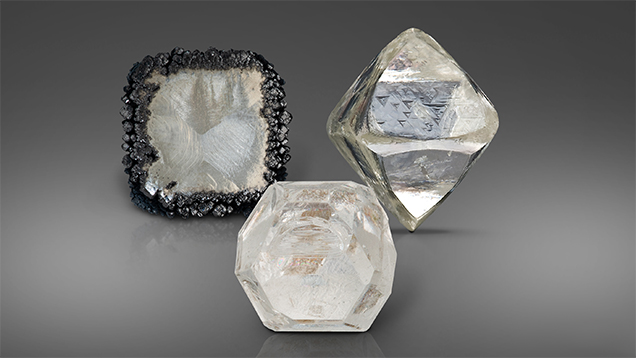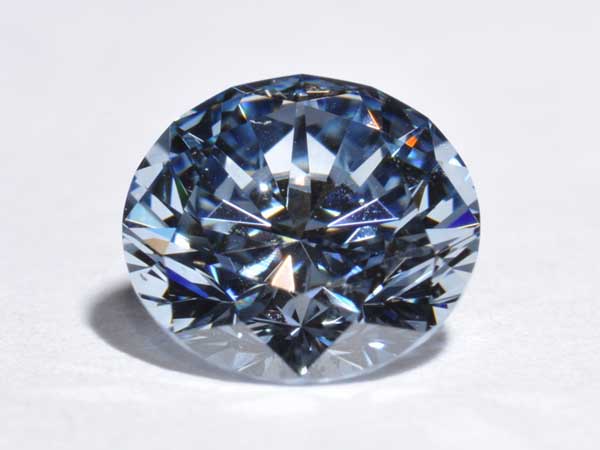How long can I wear my hairpiece before removing it for maintenance? This is likely one of your many inquiries if you’re new to hair replacement systems. Can you leave a glue-attached hairpiece on for a week? Does wig glue work with all hair systems? Right, this sounds familiar. We’re really delighted you inquired, though!
For a good and long-lasting wig experience, it’s essential to wear your hair replacement system correctly and follow the care and maintenance instructions. If you make a mistake, your hairpiece will be damaged or have a much shorter lifespan. So pay attention!
Wig glue is a popular choice for those who wear permanent wigs and need a strong bond. However, it is not advised for day wig users. Only wear a wig for up to six weeks, as we stated there and will reiterate here.
The glue will transform into a gooey, sticky substance during prolonged, uninterrupted use of the hair system, which will soak into the hair through the hair system base. Once this happens, you’ll have a knotted, sticky mess to clean up, in addition to the possibility that you’ve damaged your hairpiece permanently.
Table of Contents
So, How Long Can I Glue On a Hairpiece?
We wish we had a simple answer for you. Still, the truth is that it depends on a variety of factors, including the material of your hairpiece, the adhesive used to attach the hair system to your scalp, the type of skin you have, your lifestyle, the temperature, and climate, how much your scalp sweats, and how frequently you want to clean your scalp and re-bond the hairpiece.
Generally speaking, we advise wearing a wig for two to three weeks. Before re-attaching your hairpiece, give your scalp and natural hair a chance to breathe and thoroughly wash and condition them. Rotate between your two hair systems if you have them to make each one last longer.
Hair systems come in various forms, some of which are more sensitive than others. Because of this, specific devices can be used continuously for more than a week while others only need maintenance for a week.

Lace Hairpieces
Lace is one of the most delicate hair system base materials. They work best for achieving an inconspicuous, organic look. Still, they are not recommended for people who are clumsy or use excessive force.
Lace needs to be handled with great care because it is fragile and easy to tear. Never put liquid adhesive on the lace hairpiece directly. Instead, put the glue on the scalp and let it sit until it dries and gets slightly sticky. Then carefully place the hair system and fasten it.
We recommend bonding lace hair systems for no more than a week. After that, the glue will get through the thin lace matrix and hurt your hair system. As was already said, this will not only shorten the life of your lace hairpiece and make it look less natural, but it will also make cleaning it hard and take a long time.
Fine Mono Hairpieces
Compared to lace hair systems, fine mono hair systems are more durable. They can be worn for extended periods because they have stronger adhesive resilience. Monofilament hair extensions can be worn for six weeks. However, it is not advised.
The main reason is hygiene because bacteria and oils can build up. Another reason is to protect the edge of the skin or lace from wear and tear from prolonged use without cleaning. Speaking of which, it’s just as important to clean your scalp and start your wig maintenance and care routine after taking off a reasonable mono hairpiece.
Conclusion
You need good glue to get the most out of your hairpiece and ensure it stays on your hair system. Ghost Bond Supreme from Pro Hair Lab is a good choice for hair systems for men and women who have busy lives, live in hot and humid places, or sweat a lot.
It is adjustable for both French lace hair systems and poly skin hairpieces. It doesn’t have latex or other harmful materials, making it the best friend for sensitive skin. Think about the Walker Ultra Hold if you want a hold that lasts up to four weeks.
The waterproof hairpiece is a trustworthy adhesive for securing a lace front and is a permanent attachment glue for perimeter and whole-head bonding.







